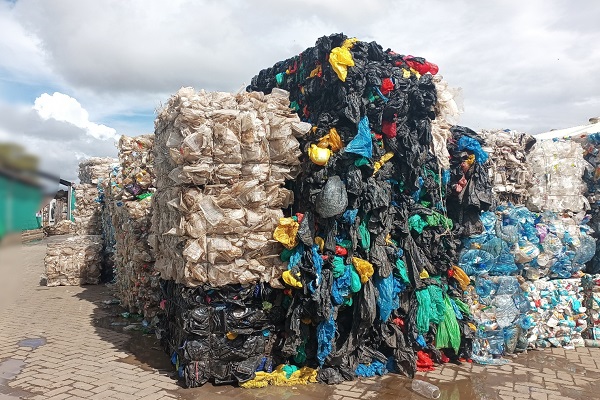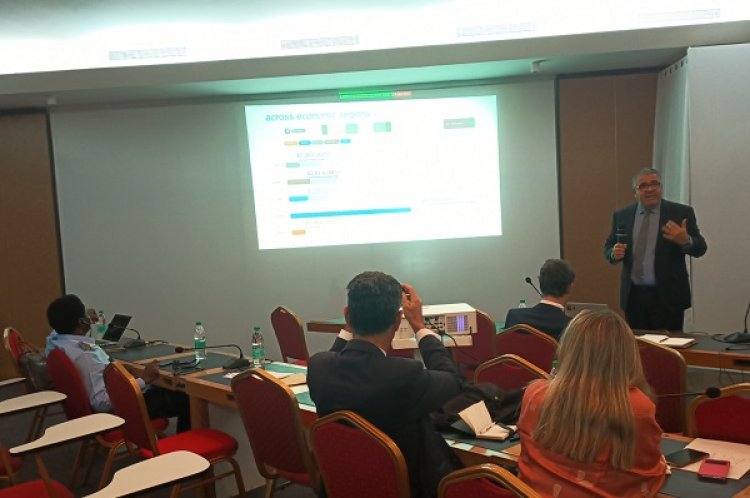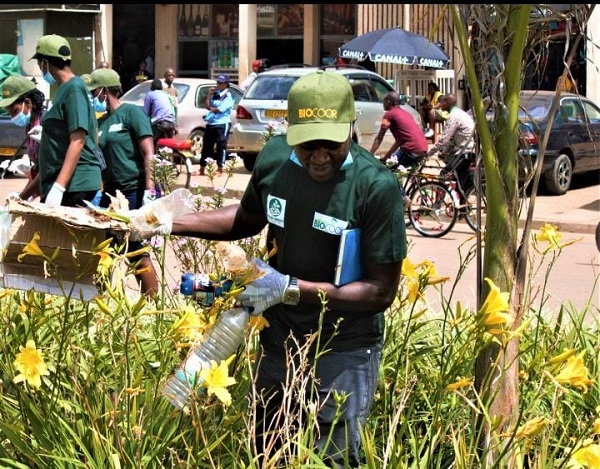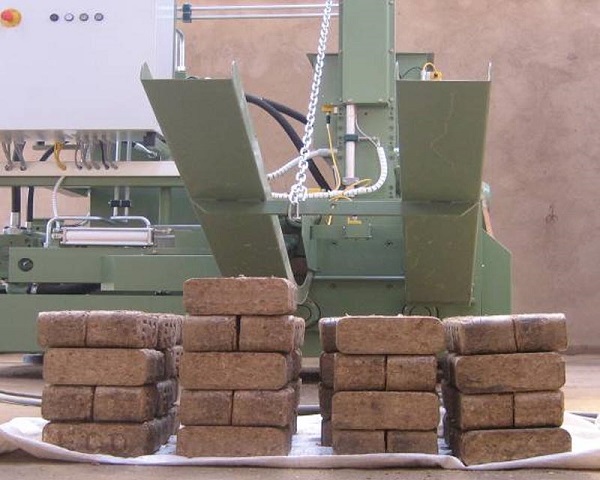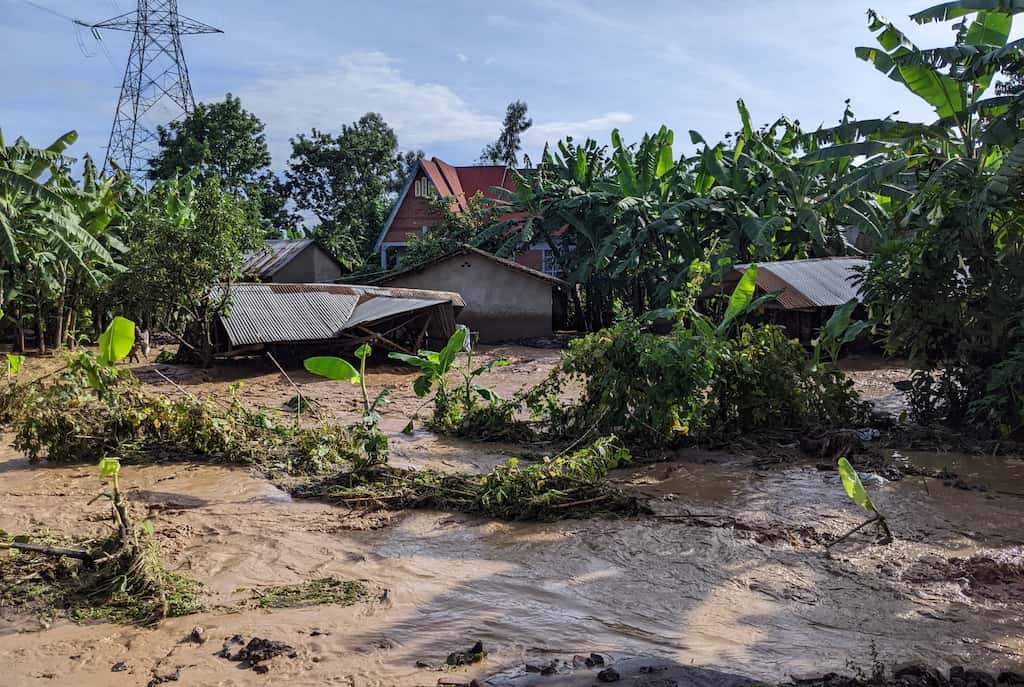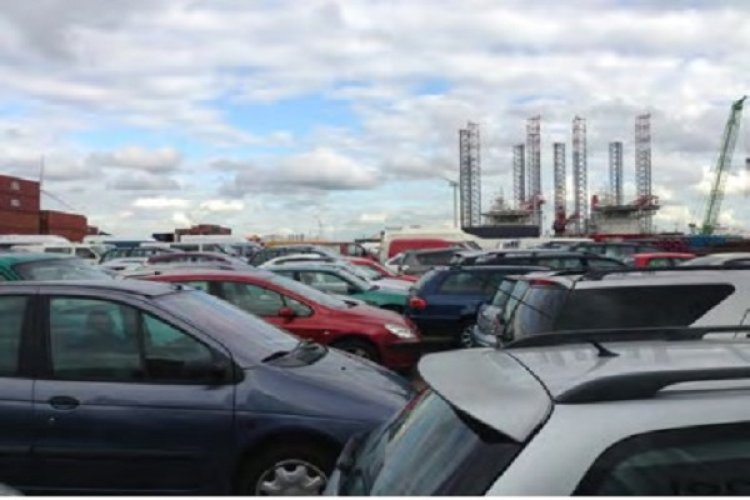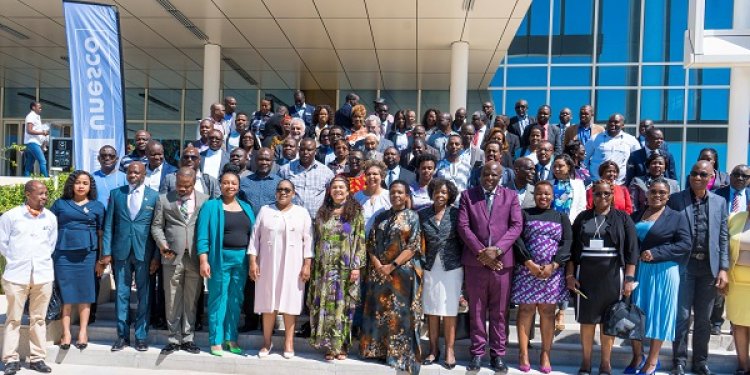As industrialised nations in the West and Asia compel producers to embrace circularity in push to tackle environmental pollution, similar efforts in parts of Africa suffer a silent setback: the trade in used goods.
In tonnes of second hand goods, such as worn garments, used electronics, batteries and pre-owned cars, that are sold to the continent each year largely from Europe hides an environmental burden weighing down the health of millions soon after sales have been made and revenues repatriated.
It’s a multi-billion dollar market. But the garbage arising thereof, coupled with the widespread presence of plastics, exacerbate pollution responsible for over a million deaths annually.
Several countries like in the case of East African Community countries of Rwanda, Kenya, Tanzania and Uganda have responded by tightening import rules, including attempted ban on importation of used garments and plastics, albeit with mixed results.
Now, however, attention is shifting to the beneficiaries of this multimillion-dollar second hand trade with push to have collected waste management fees — under what’s popularly known as Extended Producer Responsibility (EPR) schemes — in Europe and elsewhere trickle down when products are exported for reuse beyond industrialised nations’ borders.
“If we, as consumers in Europe pay the EPR fee for electronics and cars we purchase, being told that this fee will be used to cover the end-of-life costs of those products, then why, when they are exported for reuse to Africa, the fee does not follow to cover these costs when they inevitably will occur there?” observes Barczak Piotr, Program Manager at African Circular Economy Network Foundation.
Mr. Piotr’s work focuses on promoting the integration of circular economy practices across African countries.
ALSO READ: Africa’s case against the year 2024
He is one of environmental campaigner who share the view that a portion of the price retained for waste management on EU market products later exported for re-use in Africa should follow the products to take care of of their end-of-life treatment, including collection, safe dismantling and recycling.
Their views are elaborated in study dubbed Lost in Transit published in May 2023 by the European Environmental Bureau (EEB). African Circular Economy Network Foundation contributed to the study.
It indicates that African economies miss out on estimated €340 million to €380 million in EPR fees associated with second-hand electronics, and on €294.6 million to €409.4 million in EPR fees for second-hand vehicles.
These are fees collected from producers in Europe which are retained in exporting countries once the products have been exported for reuse beyond EU borders.
It deprives importing countries of financial support to manage these products once they inevitably reach their end of life and need to be collected, disassembled, repaired, decontaminated, recycled or finally disposed of, indicates the study.
Growing burden
Prevailing lack of detailed data with regard to volumes of products shipped to Africa for reuse make it hard to gauge what’s at stake.
But used vehicles trade is one of the biggest, followed by electronics. Africa is estimated to be absorbing more than a half of used car exports globally, mainly from the West and China, indicates the United Nations Environment Program.
Besides cars and electronics, there are much more used products flowing in if one considers other economic sub-sectors such as textiles, and plastics.
ALSO READ: Plastics are in the fish you eat; Lobby groups now push for regional ban
Africa is, for instance, responsible for only 5 per cent of global plastic production but bears a huge burden (at 24 percent) of global emissions from mismanaged plastic waste, according to a 2018 study by UN Environment Programme which mapped the global plastics value chain.
In series of global negotiations to formulate a binding global plastic treaty, the Africa Group has been pushing to have countries responsible for plastic production to switch to environmentally friendly alternatives and to account for the management of their legacy waste on the African continent.
The next round of negotiations for the treaty is scheduled late this year in August in Geneva, Switzerland.
While a few valuables in exported second hand items like phones, car parts can be dealt with by local recycling and refurbishing enterprises, many lack the right technology, capacities and funding to clean up the mess.
Flipflopi, Kenya-based East African movement working to end plastic pollution, is one of them. It operates a recycling facility for plastics and other garbage collected in water bodies across East Africa.
For years, Flipflopi was overwhelmed by plastic garbage it turned into sailboats and other products, but now it’s confronted with a new enemy: the massive influx of second-hand clothing.
Details obtained from the project point to rapid escalation in the dumping of textiles in recent years directly attributable to the import of second-hand clothing to the region.
Dipesh Pabari, one of the cofounders tells Klimareporter that 70 per cent of they now collect is textiles which offer zero recycling opportunities, specifically those caught in the mangroves which are usually muddy and wet.
So far only 17 out of 54 African countries have EPR policies in place, many of which do not cover imported second hand products, according to the African Circular Economy Network.
Many have little to no resources for collection and treatment of imported used goods in the scramble for Africa’s growing consumer market. Informal landfilling and incineration are, therefore, common.
But environment campaigners believe that the new EU regulations on the shipment of waste albeit focusing most on plastics could help prevent the export of its challenges to third countries.
The new rules entered into force on 20 May 2024 but most of its provisions and export rules will apply from 21 May 2026 and 21 May 2027 respectively.
~ This article first appeared in Klimareporter

